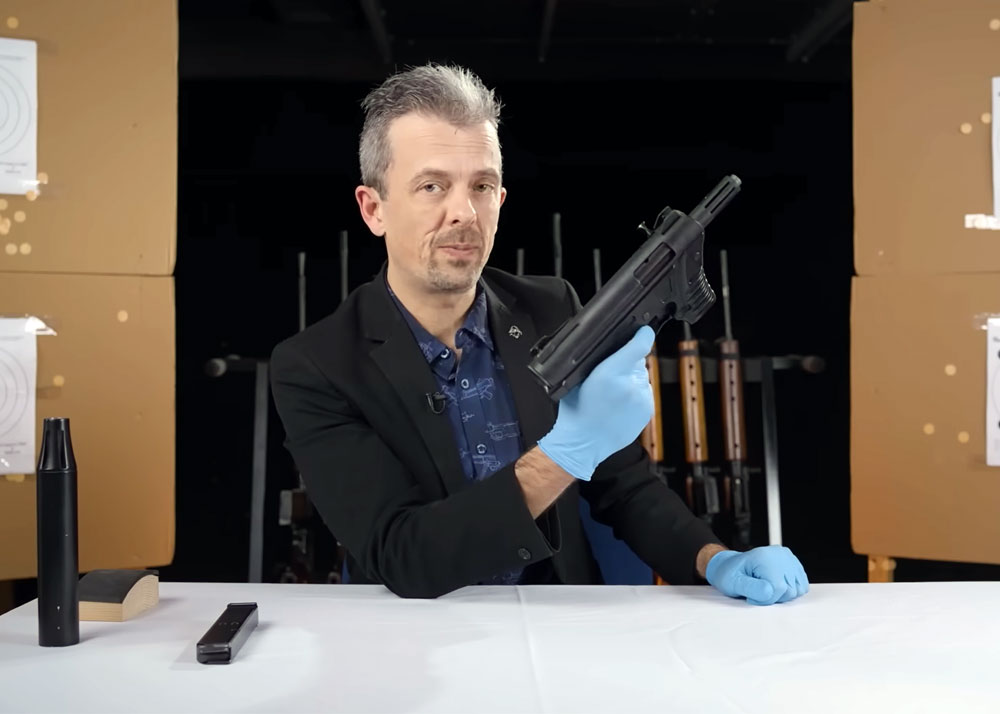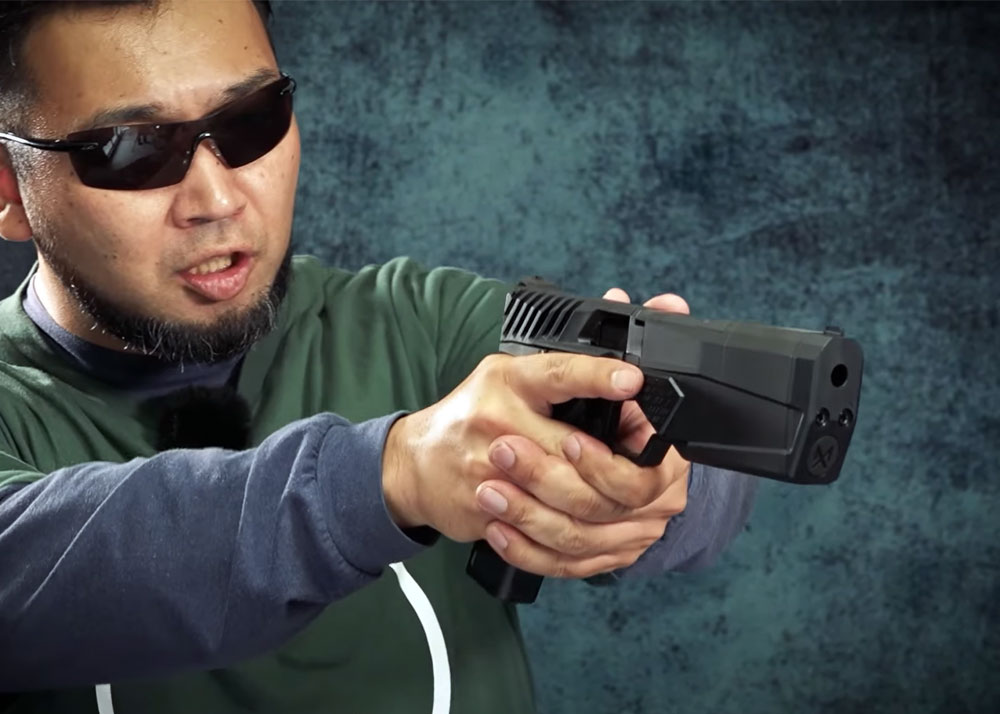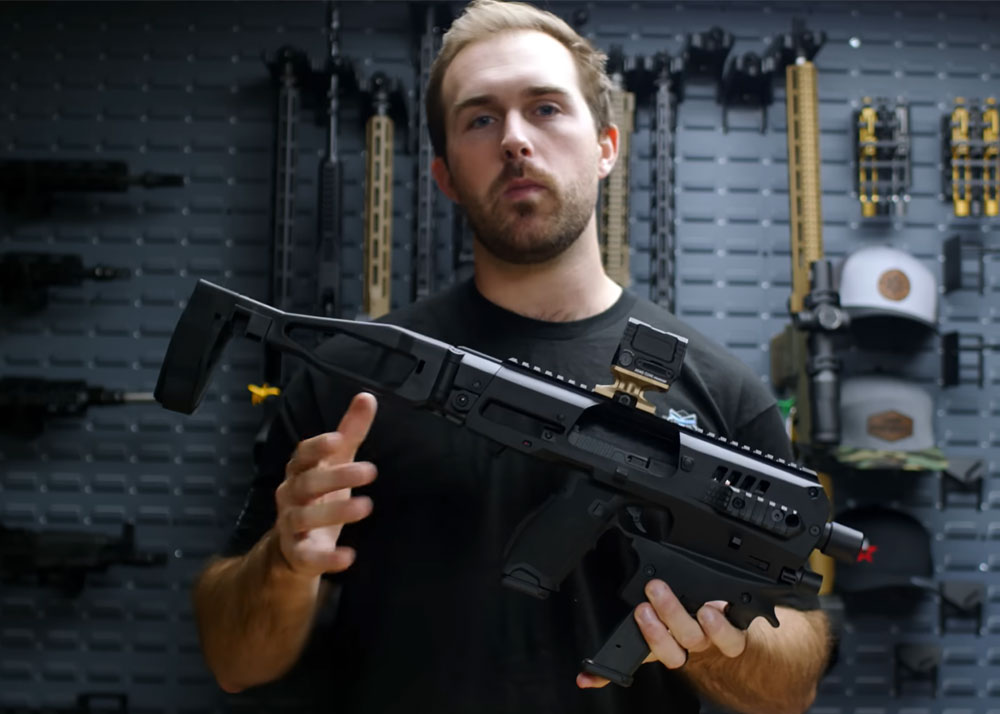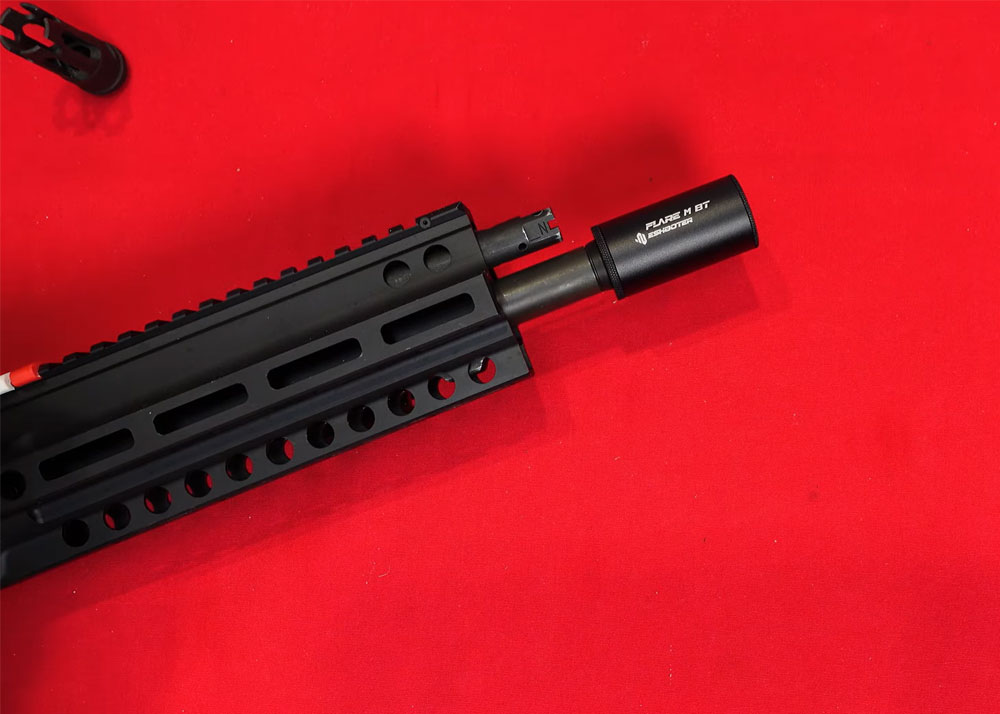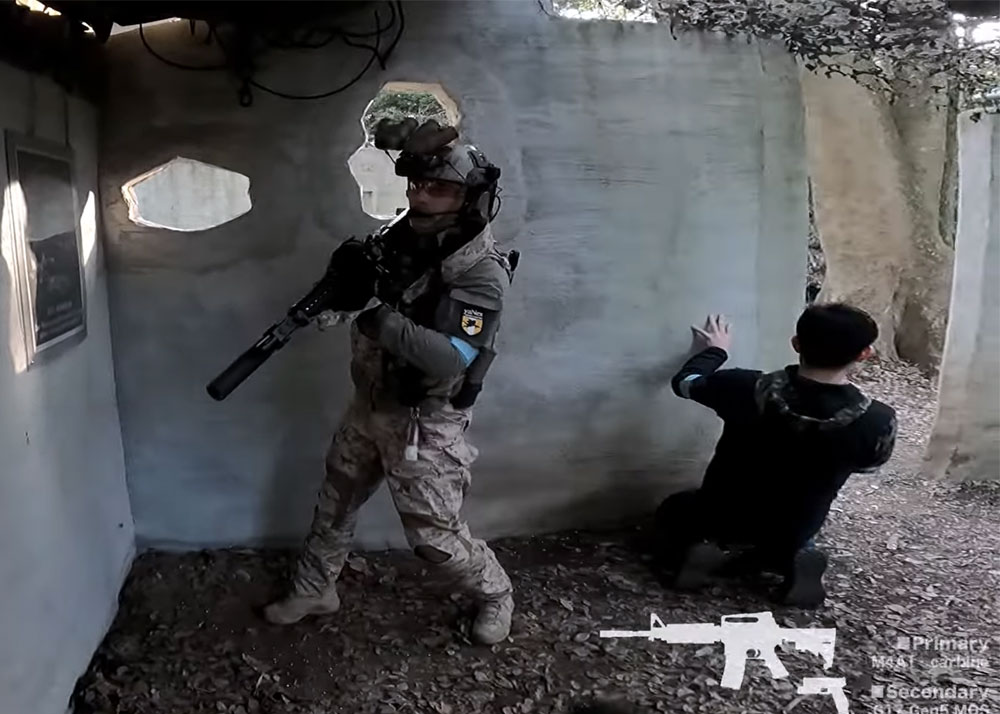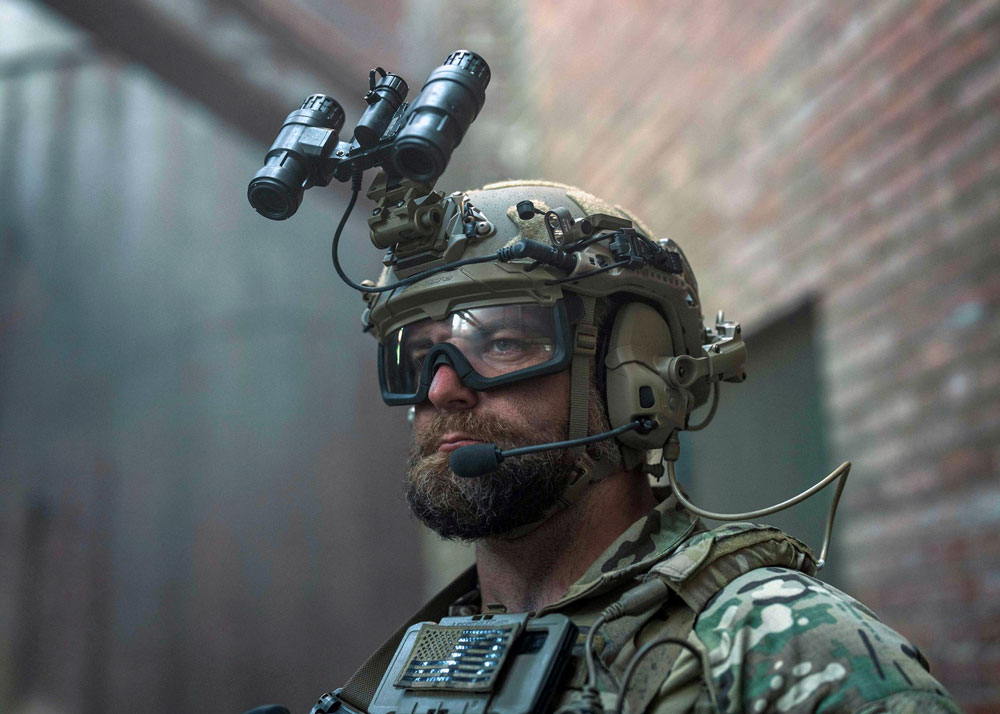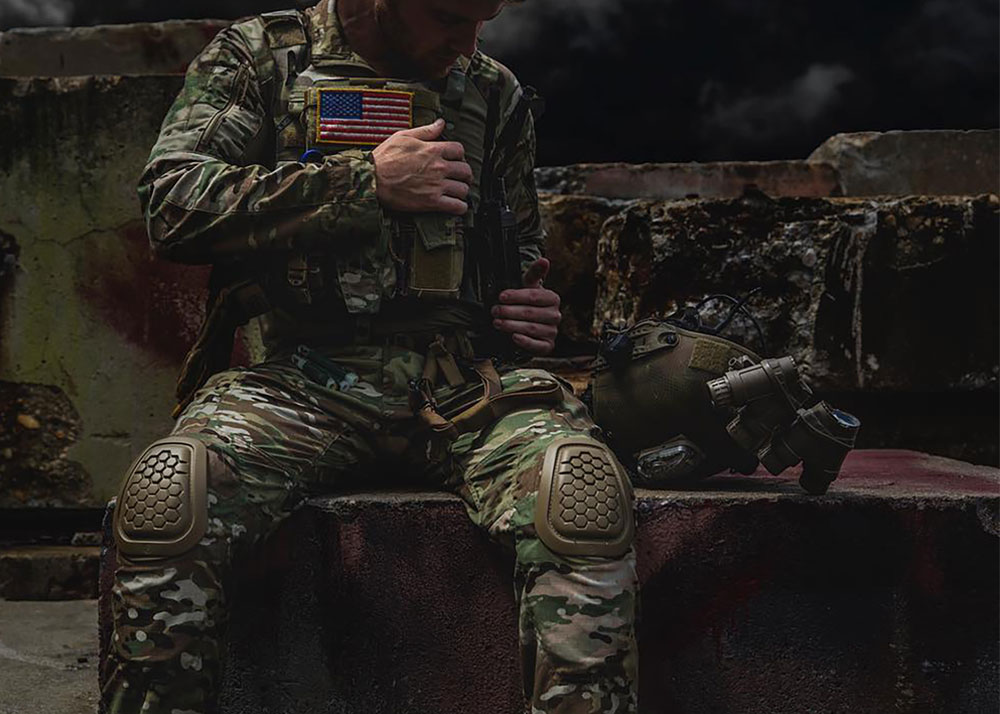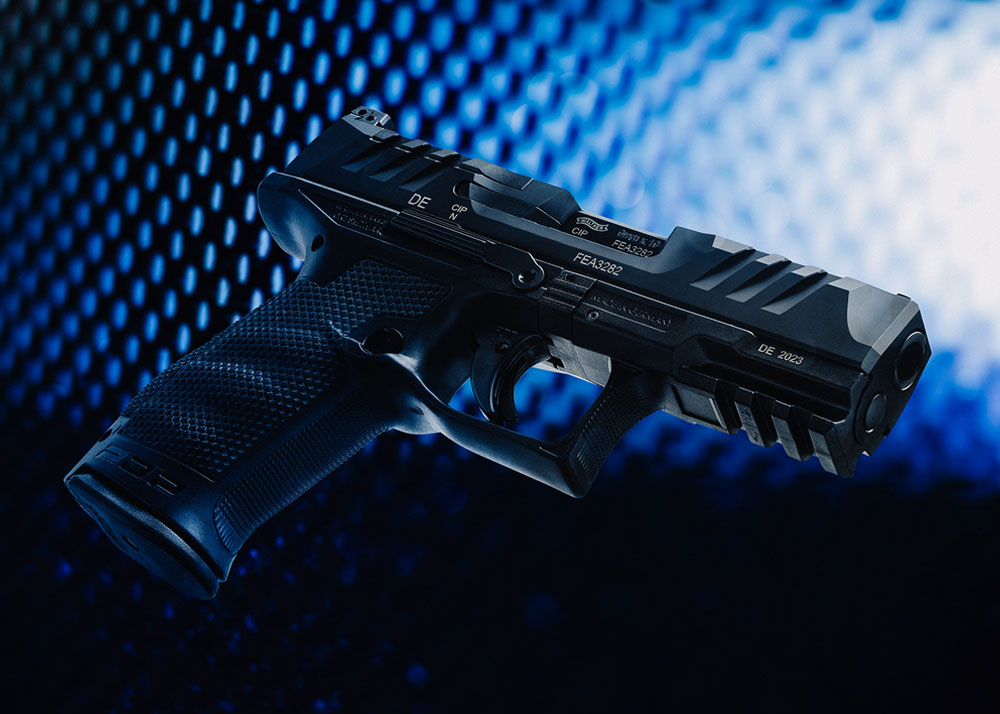FAA Releases New Commercial Drone Rules That Require “Remote Pilot Certificate”
Logan
25 Jun 2016

Last Tuesday, the the 21st of June 2016, the Federal Aviation Administration (FAA), unveiled its new rules regarding commercial operation of small consumer drones. 624 pages long, the rules require operators to have a “remote pilot certificate”, must be a least 16 years old (or accompanied by an adult with a remote pilot certificate if below 16), ban of night flights, and should remain below 400 feet or within 400 feet of any structure.
Rules for hobbyist or personal drones will still remain the same.
To take effect in August 2016, here is a part of a press release from the FAA about getting a remote pilot certificate:
Under the final rule, the person actually flying a drone must be at least 16 years old and have a remote pilot certificate with a small UAS rating, or be directly supervised by someone with such a certificate. To qualify for a remote pilot certificate, an individual must either pass an initial aeronautical knowledge test at an FAA-approved knowledge testing center or have an existing non-student Part 61 pilot certificate. If qualifying under the latter provision, a pilot must have completed a flight review in the previous 24 months and must take a UAS online training course provided by the FAA. The TSA will conduct a security background check of all remote pilot applications prior to issuance of a certificate.
A summary of the rules can be viewed and downloaded here.
As for small commercial drone operations, here are some of the salient points in their operations:
- The flight must take place during daylight. It is acceptable if flying 30 minutes before sunset and after sunrise as long as the drone is equipped with appropriate lighting.
- Drones are allowed to carry cargo as long as the drone, attachments, payload, and cargo do not go beyond 55lbs.
- The drones can fly up to a maximum of 400 feet and if on a structure such as a building, can go higher than as long as the drone stays within 400 feet of that building.
- The drone must be within visual line of sight of the pilot or an observer working with the pilot.
- If any operation results in serious injury, loss of consciousness, or damage to property of at least US$500 (other than the drone), it should be reported to the FAA within 10 days.
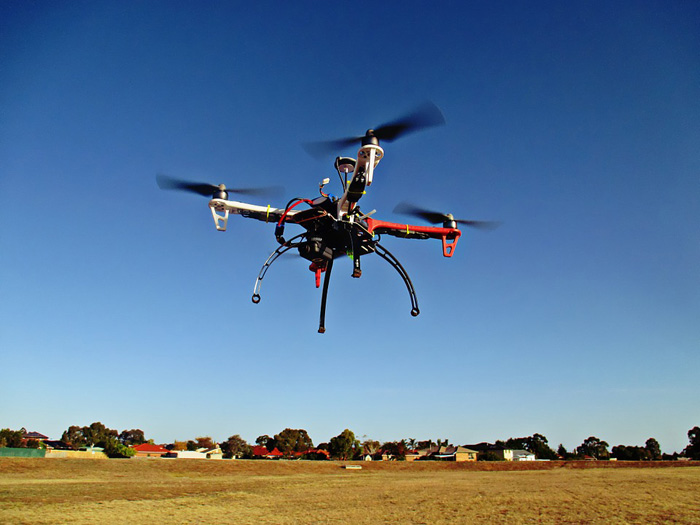
For commercial delivery drone operations, there is still a problem regards to the rule of visual line of sight for the pilot or observer. Companies like Amazon.com are experimenting with the possibilities of using drones to deliver online orders but with the requirement of visual line of sight for the operation of small commercial drones, this will be a tough thing to do unless there is a compromise somewhere. This means door-to-door drone delivery services will not happen soon.
Will this affect those who use drones when covering airsoft events in the U.S.? Yes, since there are companies and individuals who are providing camera drone services to cover events, which may not necessarily mean airsoft. For airsoft event organizers, they will to check that whoever they will allow to user drones to take video footages of the event will be complying with the new FAA rules.

